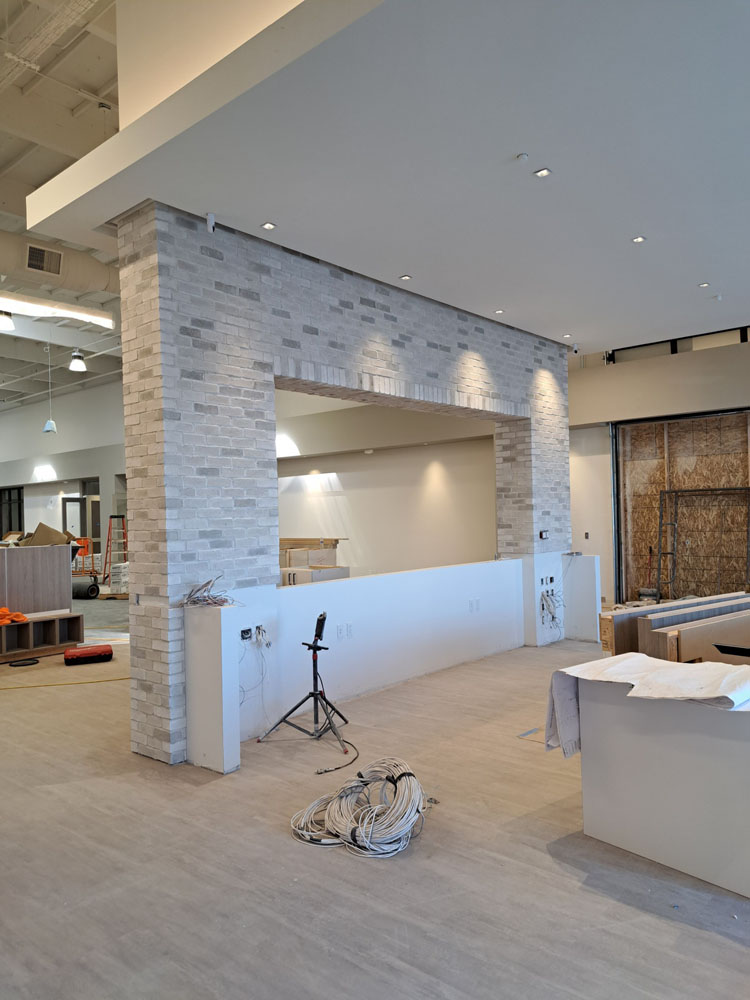Introduction
Path construction might seem like a simple task, but it comes with its own set of challenges that can make the process complicated and frustrating. Whether you're constructing a masonry walkway in your garden or developing a commercial pathway, understanding these challenges and knowing how to tackle them effectively is key to ensuring a successful project. In this article, we will delve into various innovative solutions to common path construction challenges, exploring everything from material selection to design considerations, and offering expert insights along the way.
What Are Common Path Construction Challenges?
Understanding Pathway Design Issues
When embarking on any construction project, it’s important to have a clear vision. However, unclear design specifications can lead to miscommunications and misunderstandings among contractors. This often results in pathways that don’t meet the intended purpose or aesthetic appeal.
Material Selection Dilemmas
Material choice is crucial for durability and visual appeal. Choosing the right material for your masonry walkways can affect everything from maintenance needs to longevity. For example, natural stone may offer a rustic charm but could be more expensive compared to concrete.
Weather-Related Complications
Weather can throw a wrench into even the best-laid plans. Rain can saturate soil, leading to instability in newly constructed paths, while extreme heat can cause materials like asphalt to warp.

Budget Constraints
Budget limitations can restrict choices significantly. Knowing where you can save money without compromising quality is essential for successful path construction.
Innovative Solutions to Common Path Construction Challenges
The Power of Pre-Planning
Why Is Pre-Planning Important?
Pre-planning helps identify potential issues before they arise. By mapping out every aspect of the project—from layout to materials—you’ll minimize surprises later on.
Tools for Effective Pre-Planning
Utilizing tools like CAD software or 3D modeling applications allows you to visualize the entire project before breaking ground.
Advanced Materials: A Game Changer
Eco-Friendly Alternatives
Sustainability is all the rage today! Consider using recycled materials or permeable pavers that allow water drainage while providing sturdy pathways.
High-Tech Innovations
Emerging technologies are changing how we think about materials. Self-healing concrete and smart pavers equipped with sensors are just two examples of innovations that enhance functionality and longevity.
Flexible Design Principles
Modular Pathways
Modular designs allow for easy adjustments during construction. They also provide versatility if changes need to be made post-installation.
Biophilic Design Elements
Incorporating natural elements into your pathway can not only enhance aesthetics but also improve air quality and promote well-being among users.
Efficient Drainage Solutions
Importance of Proper Drainage Systems
Water accumulation can erode pathways over time. Adequate drainage systems prevent this issue by directing water away from critical areas.
Innovative Drainage Techniques
Consider implementing trench drains or bio-swales that blend seamlessly into landscape designs while managing rainwater efficiently.
Strategies for Overcoming Material Selection Issues
Know Your Options: A Breakdown of Materials
| Material Type | Pros | Cons | |------------------|--------------------------|---------------------------| | Concrete | Durable, low maintenance Masonry Contractor | Can crack under pressure | | Natural Stone | Aesthetic value | Higher cost | | Brick | Easy installation | Limited color options | | Gravel | Affordable | Requires frequent upkeep |
Supplier Relationships
Creating strong relationships with suppliers ensures you have access benefits of masonry walkways to high-quality materials at competitive prices. Regular communication helps keep everyone aligned on project goals and timelines.
Navigating Weather-Related Challenges
Timing Your Project Right
Seasonal Considerations
Spring and fall typically offer milder weather conditions conducive to construction activities compared to scorching summers or freezing winters.
Temporary Structures
Using temporary coverings or enclosures can protect ongoing work from unexpected weather changes, ensuring that your project stays on track regardless of Mother Nature's mood swings!
Budgeting Wisely: How To Stay On Track
Creating a Detailed Budget Plan
A well-thought-out budget plan should encompass all aspects of the project—from initial materials costs to labor expenses—ensuring you’re not blindsided by unexpected costs down the line!
Contingency Funds
Always allocate at least 10-15% of your total budget as a contingency fund for unforeseen expenses. This buffer gives you peace of mind while navigating through potential pitfalls during construction.
FAQs About Path Construction Challenges
1. What is the best material for constructing masonry walkways?
The best material depends on your specific needs; however, many opt for concrete due to its durability and low maintenance requirements despite a variety of other excellent options available such as bricks and natural stones!
2. How do I prevent water accumulation on my walkway?
Implementing effective drainage systems—like French drains or proper grading—can help direct water away from your pathway preventing erosion over time!
3. How long does it typically take to construct a masonry walkway?
Depending on complexity and size, most residential projects take anywhere from a few days up until several weeks; always consult professional contractors for an accurate timeline based on particular circumstances!
4. Can I install masonry walkways myself?
While DIY installations are possible, hiring experienced professionals ensures high-quality results that stand the test of time!
5. Are eco-friendly materials worth considering?
Absolutely! Eco-friendly alternatives not only reduce environmental impact but may also yield long-term cost savings through lower maintenance needs!
6. What are some common mistakes in path construction?
Common errors include inadequate planning/communication among teams which leads often towards misaligned expectations affecting overall aesthetic outcomes when completed!
Conclusion
Constructing pathways—especially masonry walkways—is no small feat! Armed with innovative solutions tailored specifically towards overcoming typical challenges encountered throughout this process makes tackling these projects much more manageable! From selecting quality materials wisely right down through efficient drainage systems alongside thoughtful budgeting practices—it all plays pivotal roles ensuring success within any pathway endeavor undertaken! So why wait any longer? Let’s get started turning those path dreams into reality!